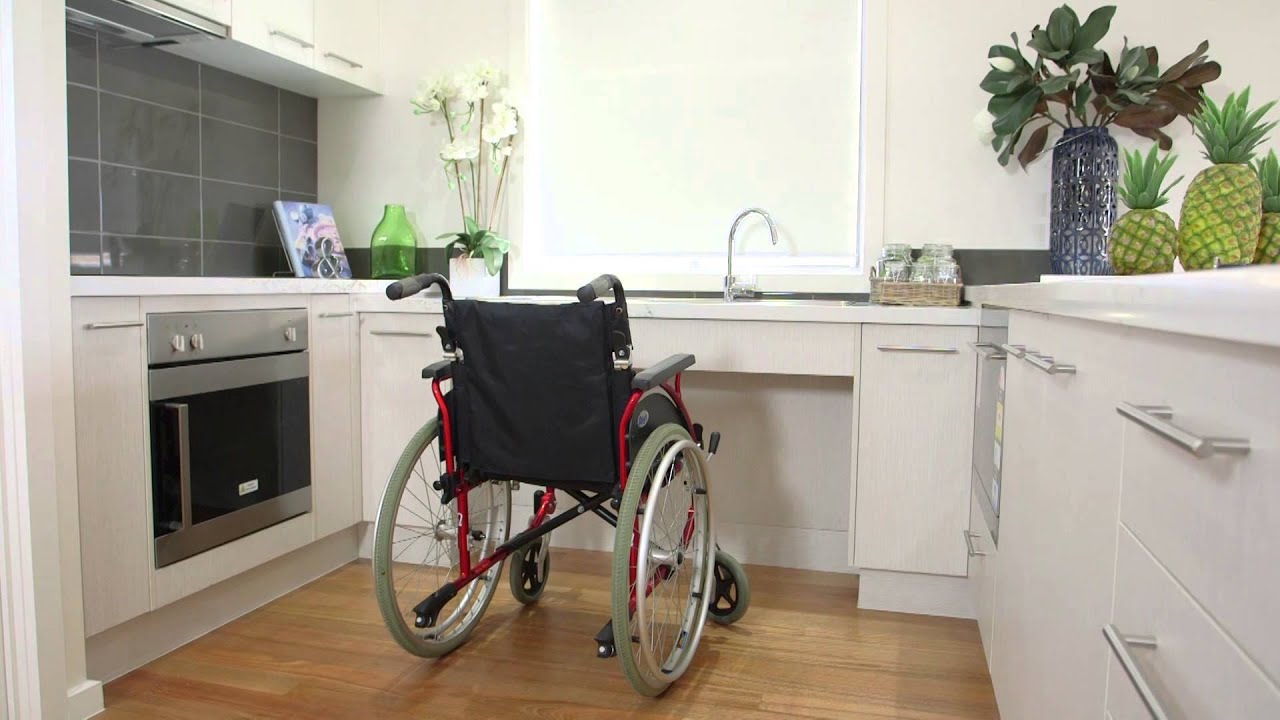When designing a home that meets the needs of everyone, its crucial to consider ADA-compliant appliances. These appliances are specially designed to ensure accessibility and ease of use for individuals with disabilities. As awareness and understanding of accessibility grow, more homeowners are seeking ways to incorporate these vital elements into their living spaces.
The Americans with Disabilities Act (ADA) establishes guidelines to ensure accessibility in various environments, including homes. By incorporating ADA-compliant appliances, you not only create a more inclusive space but also improve the overall usability of your home. In this article, we will explore the features and benefits of these appliances and how they can transform your living space.

Understanding ADA Compliance
The ADA was enacted to prohibit discrimination against individuals with disabilities and ensure their full participation in society. This includes making sure that public spaces and private residences are accessible. To learn more about what ADA compliance means, you can read this article on the subject.
What Are ADA-compliant appliances?
ADA-compliant appliances are designed to meet specific standards that make them accessible to individuals with physical disabilities. These appliances often feature adjustable heights, easy-to-use controls, and clear displays that enhance usability.
Key Features of ADA-compliant appliances
- Accessible Controls: Controls should be within reach and operable with one hand.
- Height Adjustability: Ensures that appliances are accessible from a seated position.
- Clear Display: Easy-to-read displays that accommodate various visual needs.
Benefits of ADA-compliant appliances
Incorporating ADA-compliant appliances into your home offers numerous benefits, including increased independence and comfort for all residents. These appliances also enhance the home’s functionality, making everyday tasks easier and more efficient.
Enhanced Accessibility
One of the primary benefits of ADA-compliant appliances is improved accessibility. Features like lower countertops, front-loading washers and dryers, and side-opening ovens make it easier for individuals with mobility challenges to perform daily tasks.
Increased Safety
These appliances also contribute to a safer living environment. For instance, motion sensor faucets reduce the risk of burns or scalding by controlling water temperature.
Examples of ADA-compliant appliances
Refrigerators
Many ADA-compliant refrigerators feature side-by-side doors, allowing easier access to both the fridge and freezer compartments. The controls are typically positioned at a reachable height and are simple to use.
Dishwashers
ADA-compliant dishwashers often feature adjustable racks and controls that are easily accessible from a seated position. This design makes loading and unloading dishes more convenient for everyone.
Stoves and Ovens
These appliances are designed with front controls, eliminating the need to reach over hot surfaces. Some models offer side-opening doors to further enhance accessibility.
How to Choose ADA-compliant appliances
When selecting ADA-compliant appliances, its essential to consider the specific needs of your household. Look for appliances that offer the features most important to you, such as adjustable heights or easy-to-read displays.
Considerations for Your Space
Evaluate the layout of your kitchen and laundry areas to determine the best options for your space. For example, an accessible kitchen design might include lower countertops and wider doorways.
Future-proofing Your Home
Installing ADA-compliant appliances can also be a wise investment for the future. As you age or if your mobility changes, having these appliances already in place will ensure continued comfort and accessibility.
Creating an ADA-compliant Home
Beyond appliances, there are many ways to make your home more accessible. Consider integrating features like home automation systems and automated blinds to enhance accessibility.
Consulting with Professionals
To ensure that your home meets all ADA standards, consider working with a professional experienced in accessible design. They can help you identify the best solutions for your space and ensure compliance with regulations.
Conclusion
Investing in ADA-compliant appliances is a step toward creating a more inclusive and functional home environment. By meeting the needs of all individuals, you enhance not only accessibility but also the overall quality of life within your home.

FAQ
What does ADA compliance mean?
ADA compliance means adhering to the standards set by the Americans with Disabilities Act to ensure accessibility for individuals with disabilities.
Why are ADA-compliant appliances important?
They are crucial for enhancing independence, safety, and comfort for individuals with disabilities, ensuring that homes are accessible and usable by everyone.
How do I know if an appliance is ADA compliant?
Look for appliances labeled as ADA compliant and check for features such as accessible controls and adjustable heights. You can also consult with professionals for guidance.
This article contains affiliate links. We may earn a commission at no extra cost to you.

